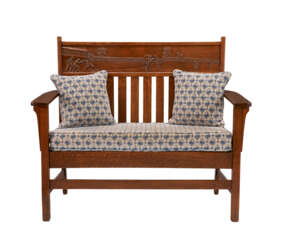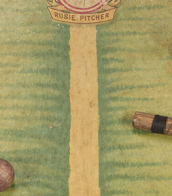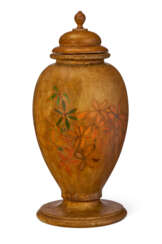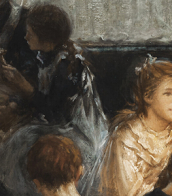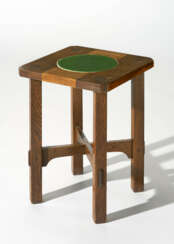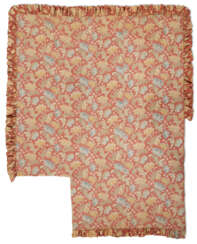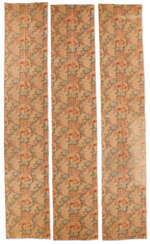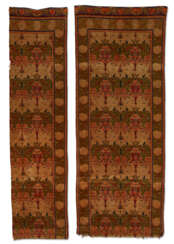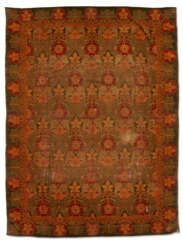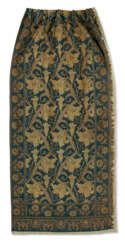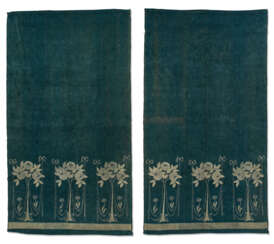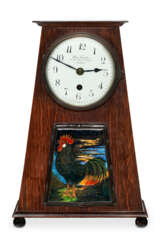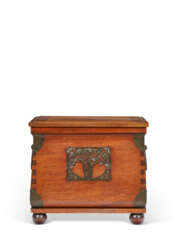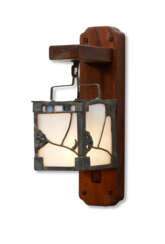Arts & Crafts (1880-1910) — Auction price
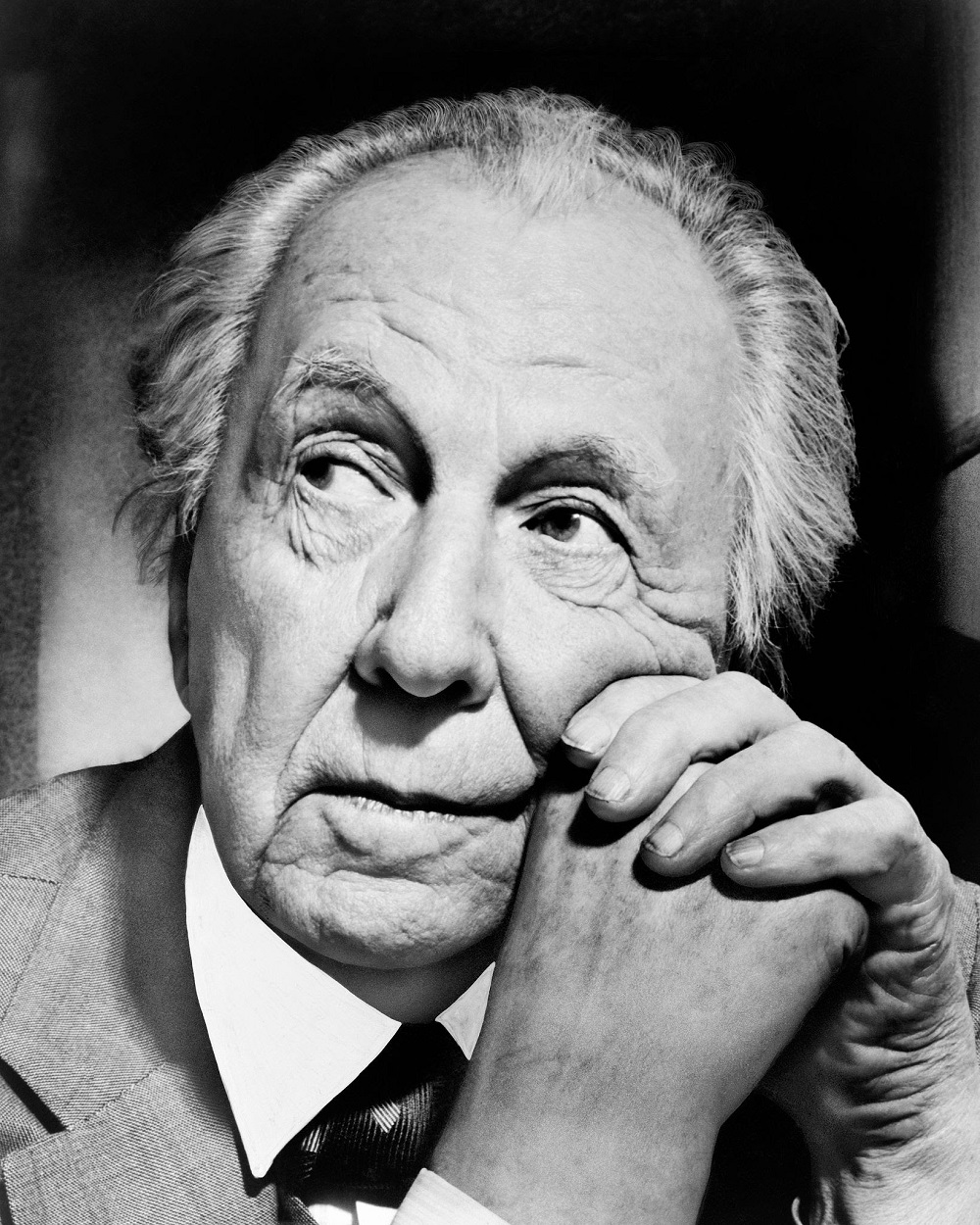
Frank Lloyd Wright was an American architect, interior designer, writer, and educator. He is widely regarded as one of the most important and innovative architects of the 20th century, with a career spanning over 70 years.
Wright is known for his organic architecture philosophy, which aimed to create structures that were in harmony with their natural surroundings. He designed over 1,000 structures, including private homes, public buildings, and commercial buildings, such as the iconic Guggenheim Museum in New York City.
Some of Wright's most famous works include Fallingwater, a private residence built over a waterfall in Pennsylvania, and the Robie House, a Prairie-style home in Chicago. He also designed the Imperial Hotel in Tokyo, which survived the Great Kanto Earthquake of 1923.
Throughout his career, Wright was known for his innovative use of materials, such as his signature use of concrete blocks, and for his emphasis on the relationship between the built environment and the natural world. He also wrote extensively on architecture and design, publishing over 20 books and numerous articles throughout his life.
Frank Lloyd Wright's influence on modern architecture is profound, and his work continues to be studied and celebrated around the world. He is often regarded as a pioneer of modern architecture and a master of American design.
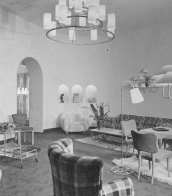
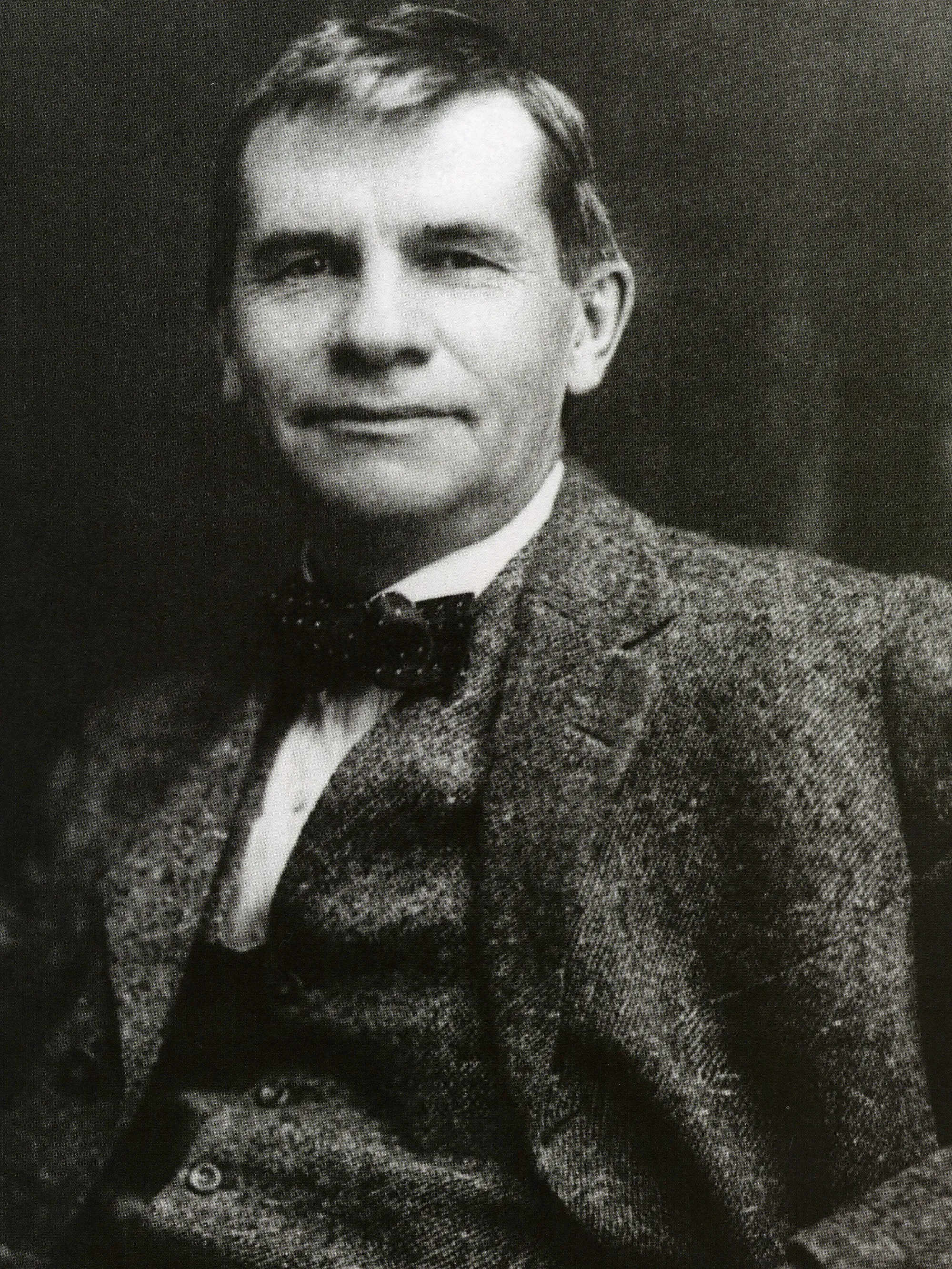
Gustav Stickley was an American furniture designer, architect, and leader of the American Arts and Crafts movement. He is renowned for his contribution to the design and production of high-quality, handcrafted furniture that emphasized simplicity, functionality, and craftsmanship.
In 1898, he established his own furniture company called the Gustav Stickley Company, later known as Craftsman Workshops. Stickley's furniture designs became synonymous with the Craftsman style, which advocated for well-crafted, and functional pieces.
One of Stickley's most iconic furniture designs was the Morris chair, which became synonymous with the Craftsman movement. The Morris chair featured a reclining back, adjustable angles, and typically incorporated cushioned upholstery.
Stickley's furniture designs were characterized by sturdy construction, visible joinery, and the use of native American woods. He emphasized the beauty of natural materials and the integrity of the craftsman's handwork. Stickley's designs were a reaction against the ornate and mass-produced furniture of the time, and he sought to bring back traditional craftsmanship and simplicity.


Gustav Stickley was an American furniture designer, architect, and leader of the American Arts and Crafts movement. He is renowned for his contribution to the design and production of high-quality, handcrafted furniture that emphasized simplicity, functionality, and craftsmanship.
In 1898, he established his own furniture company called the Gustav Stickley Company, later known as Craftsman Workshops. Stickley's furniture designs became synonymous with the Craftsman style, which advocated for well-crafted, and functional pieces.
One of Stickley's most iconic furniture designs was the Morris chair, which became synonymous with the Craftsman movement. The Morris chair featured a reclining back, adjustable angles, and typically incorporated cushioned upholstery.
Stickley's furniture designs were characterized by sturdy construction, visible joinery, and the use of native American woods. He emphasized the beauty of natural materials and the integrity of the craftsman's handwork. Stickley's designs were a reaction against the ornate and mass-produced furniture of the time, and he sought to bring back traditional craftsmanship and simplicity.




